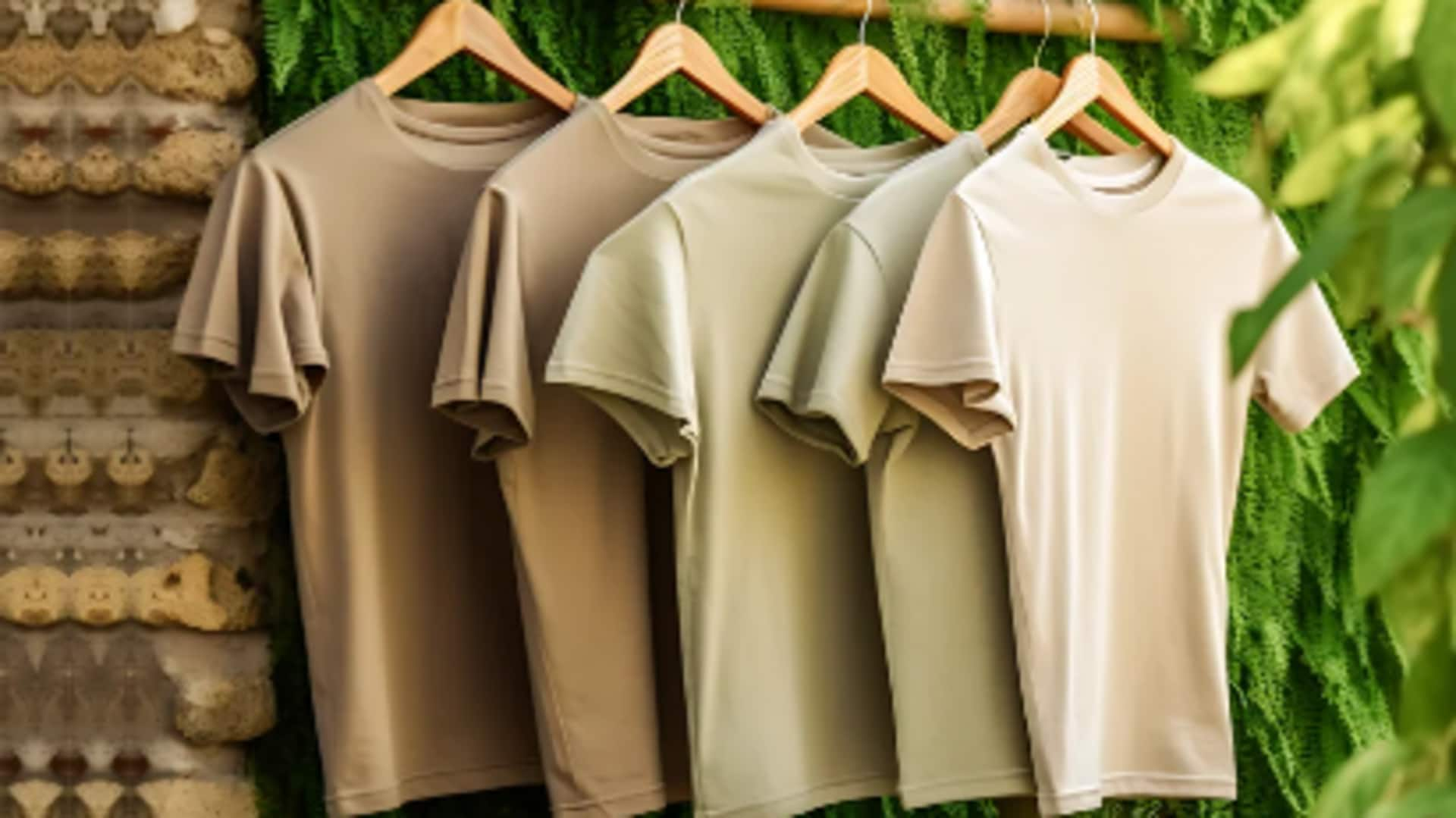
Designing eco-friendly fashion outfits like a pro
What's the story
Designing sustainable fashion isn't just about looking good - it's about doing good for the planet too. This article delves into actionable steps and considerations for designers and enthusiasts aiming to create eco-friendly masterpieces. From choosing the right materials to embracing mindful production processes, these tips will help you navigate the path to fashion that's not only stylish but also planet-friendly.
Fabric selection
Choose sustainable fabrics
The most important aspect of an eco-friendly outfit is the fabric used. Choose materials that are organic, recycled, or sustainably sourced. Organic cotton, bamboo, hemp, and Tencel are great options as they require less water and pesticides compared to conventional cotton and synthetic fibers. Plus, utilizing recycled fabrics like polyester made from plastic bottles helps cut down on waste and energy use.
Dyeing process
Implement low-impact dyeing techniques
Conventional dyeing processes are notorious for their high water consumption and pollution. To create sustainable garments, opt for low-impact dyeing methods like natural dyes derived from plants or digital printing that minimizes water usage. These techniques not only reduce environmental damage but also offer a wider range of vibrant color choices, elevating the aesthetic appeal of your designs.
Design philosophy
Focus on durability and timelessness
Making clothes that last longer means people won't need to replace them as often, which cuts down on waste. When creating eco-friendly fashion pieces, focus on durability. Use high-quality materials and construction methods that will stand the test of time. Plus, choose classic styles instead of fast-fashion trends. This way, what you make will stay fashionable and usable for more than just a season or a year.
Sustainability cycle
Promote circular fashion principles
Design outfits with recyclability or upcycling in mind, adhering to circular fashion principles. This concept focuses on designing clothes that can be easily disassembled for recycling at the end of their life cycle or creatively transformed into new garments through upcycling. By incorporating modular designs or choosing materials that are easily recyclable, you can contribute to a more sustainable fashion industry.
Ethical practices
Advocate for transparency in production processes
Transparency in production processes is key to guaranteeing an outfit is genuinely green all the way through. Collaborate with manufacturers who are transparent about their labor practices, energy sources, waste management systems, and material origins. In doing so, you not only foster a culture of accountability within the industry but also reassure consumers about the sustainability of their purchases.